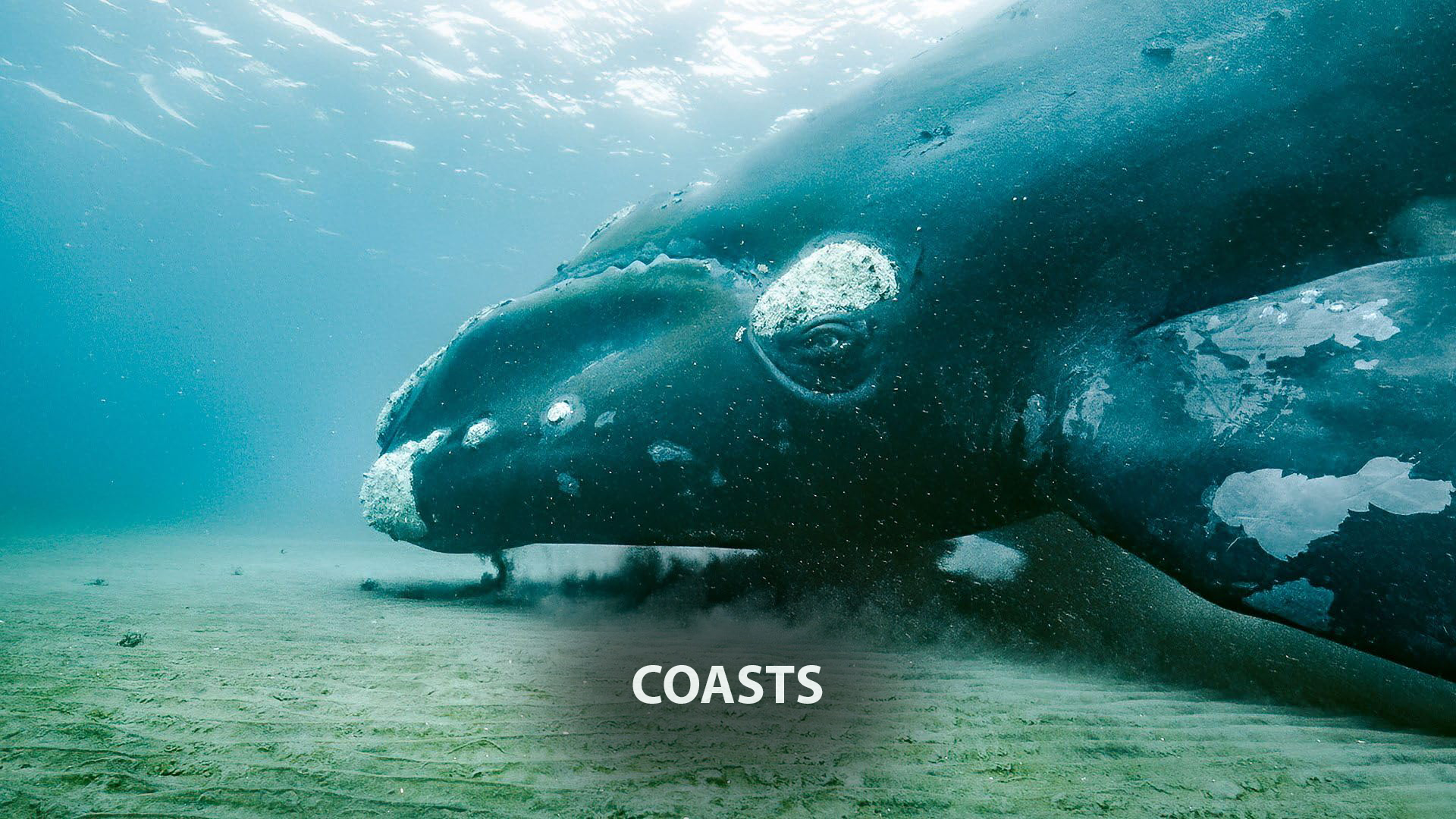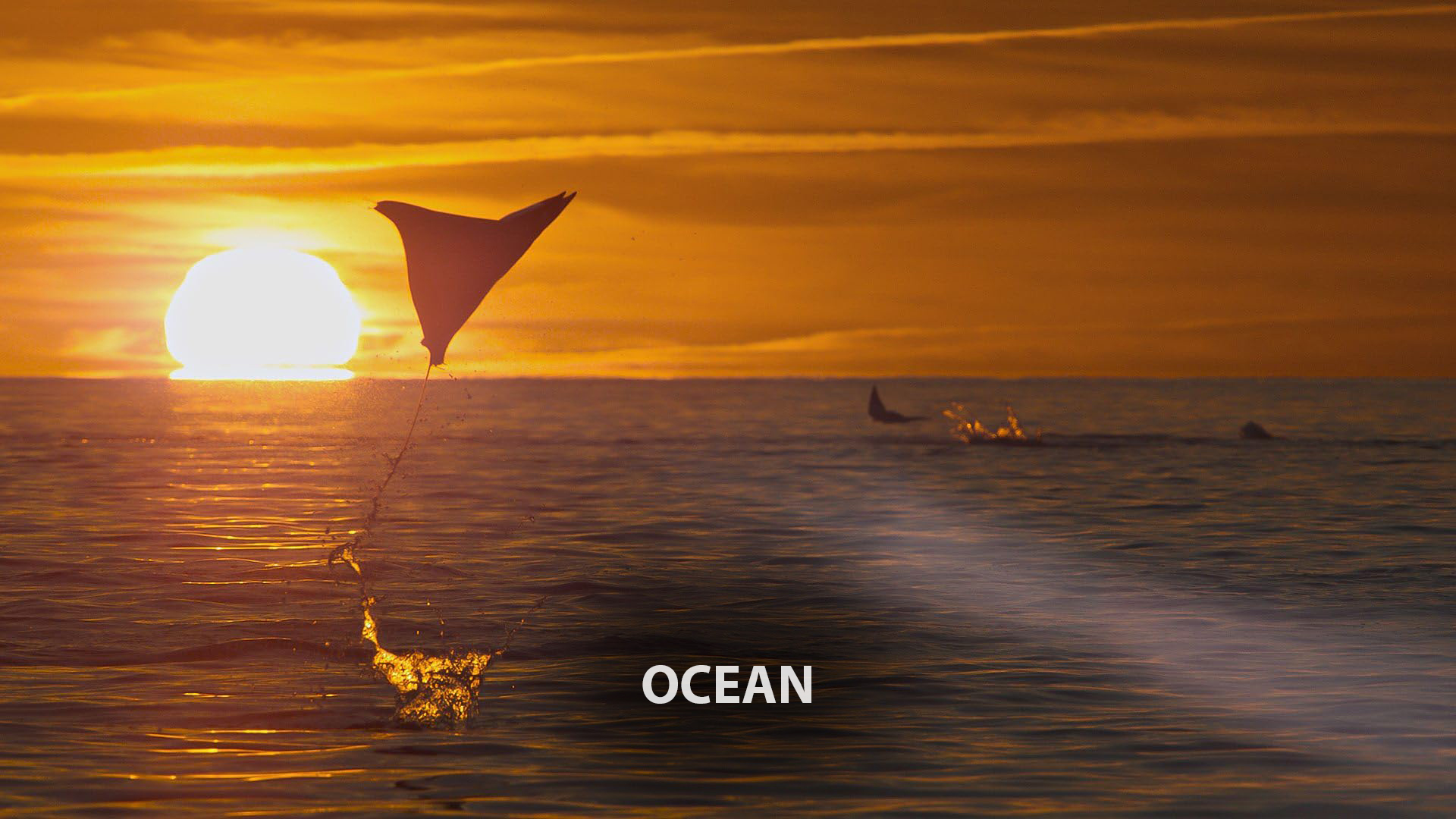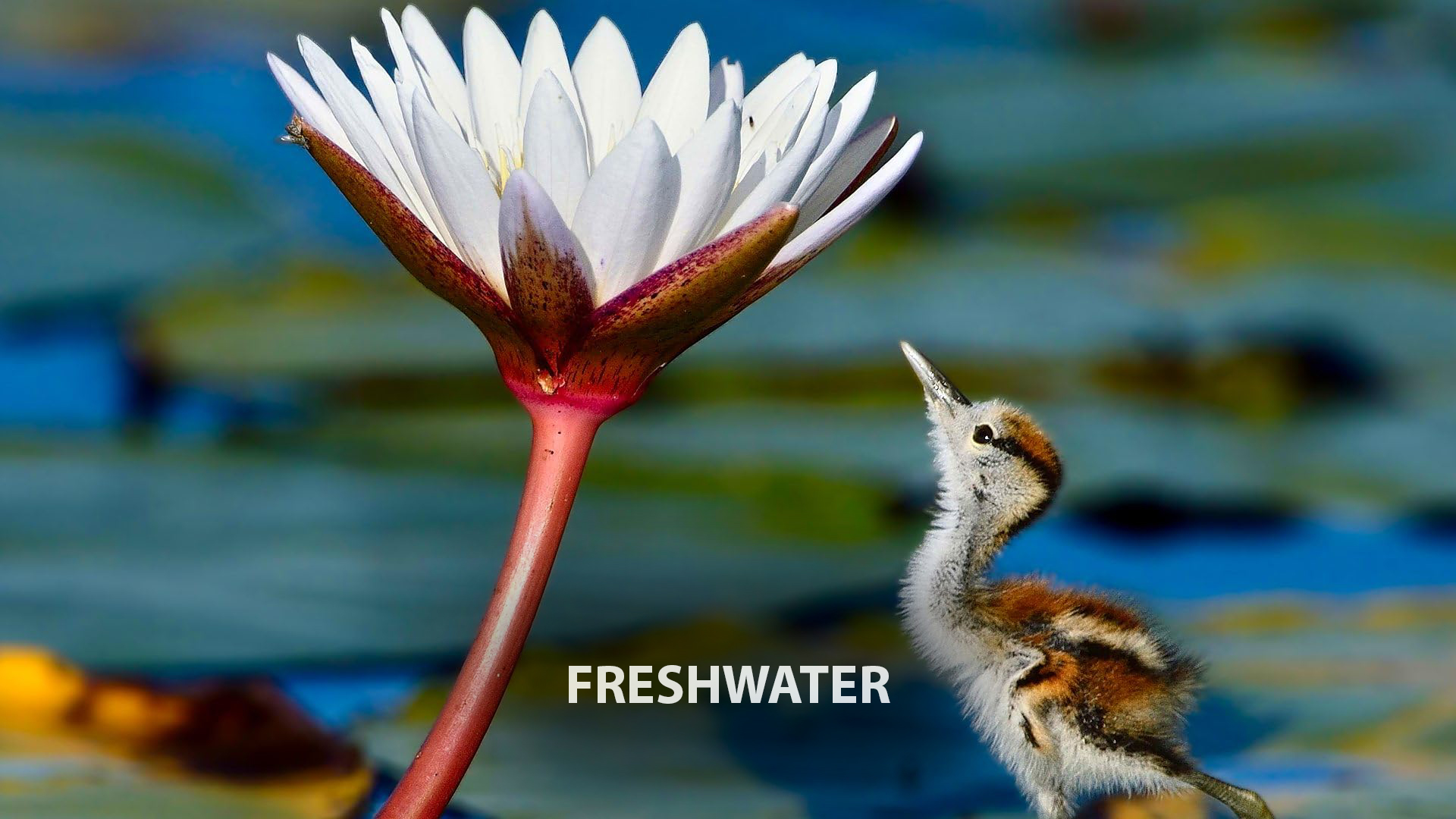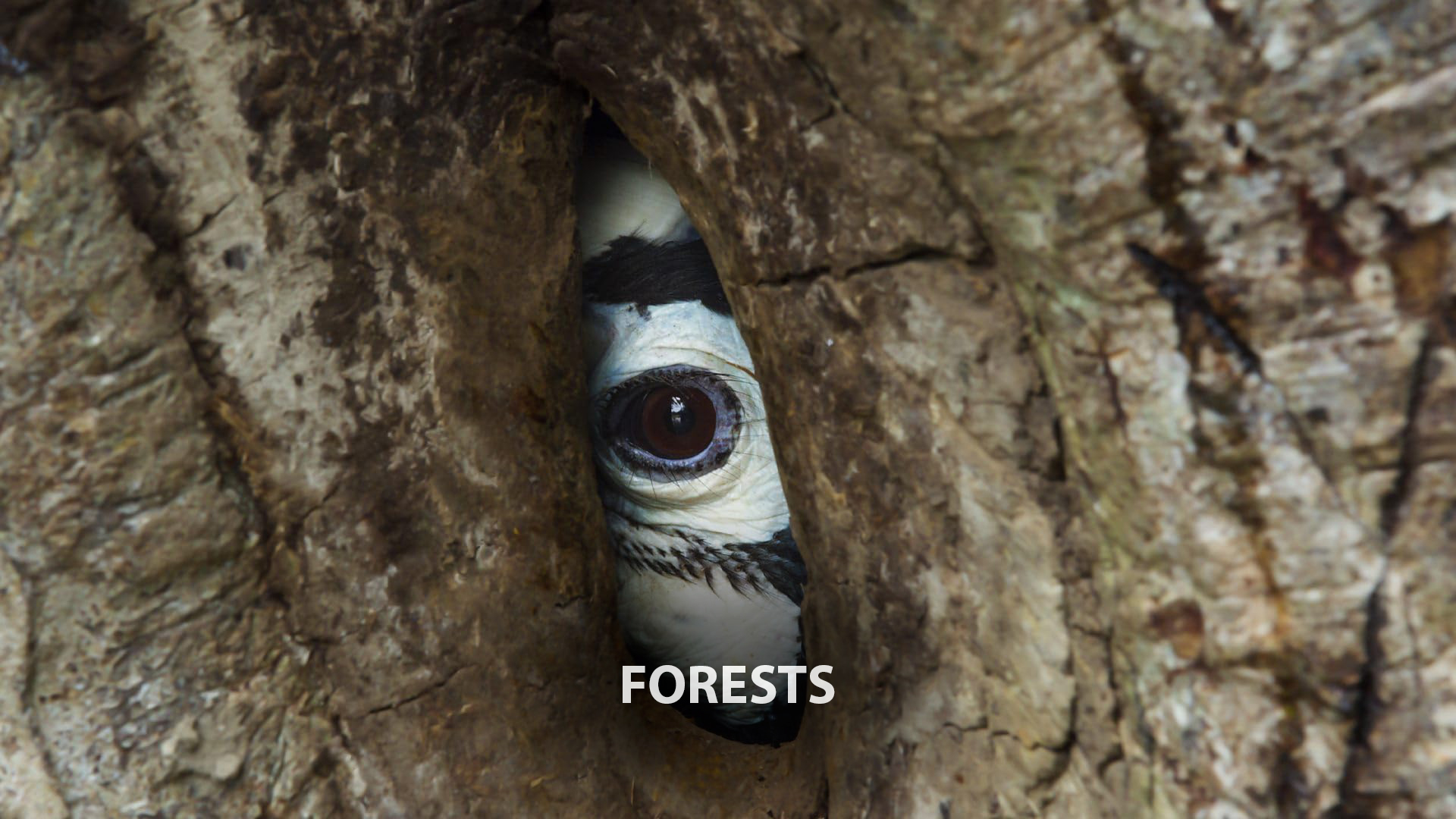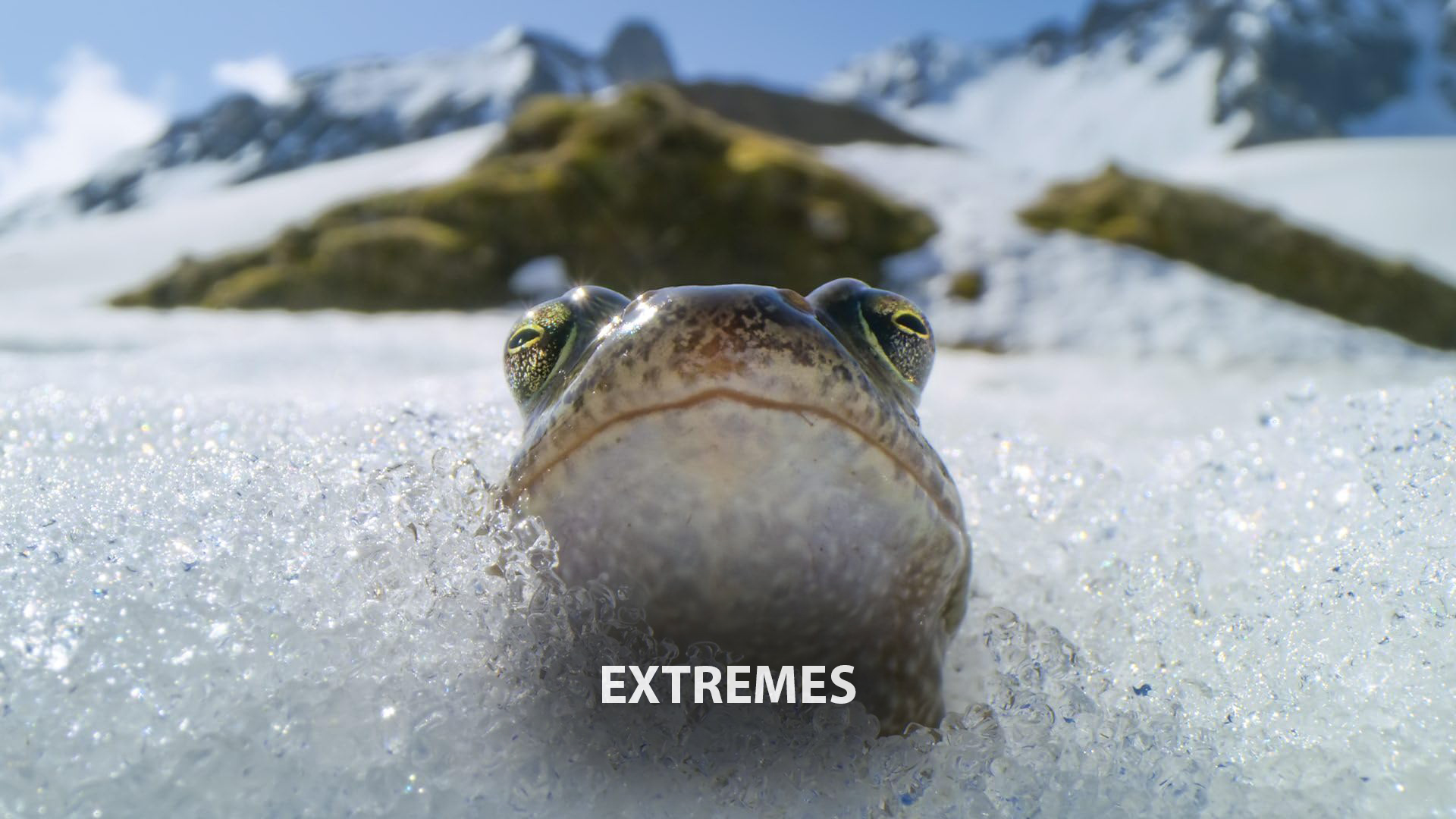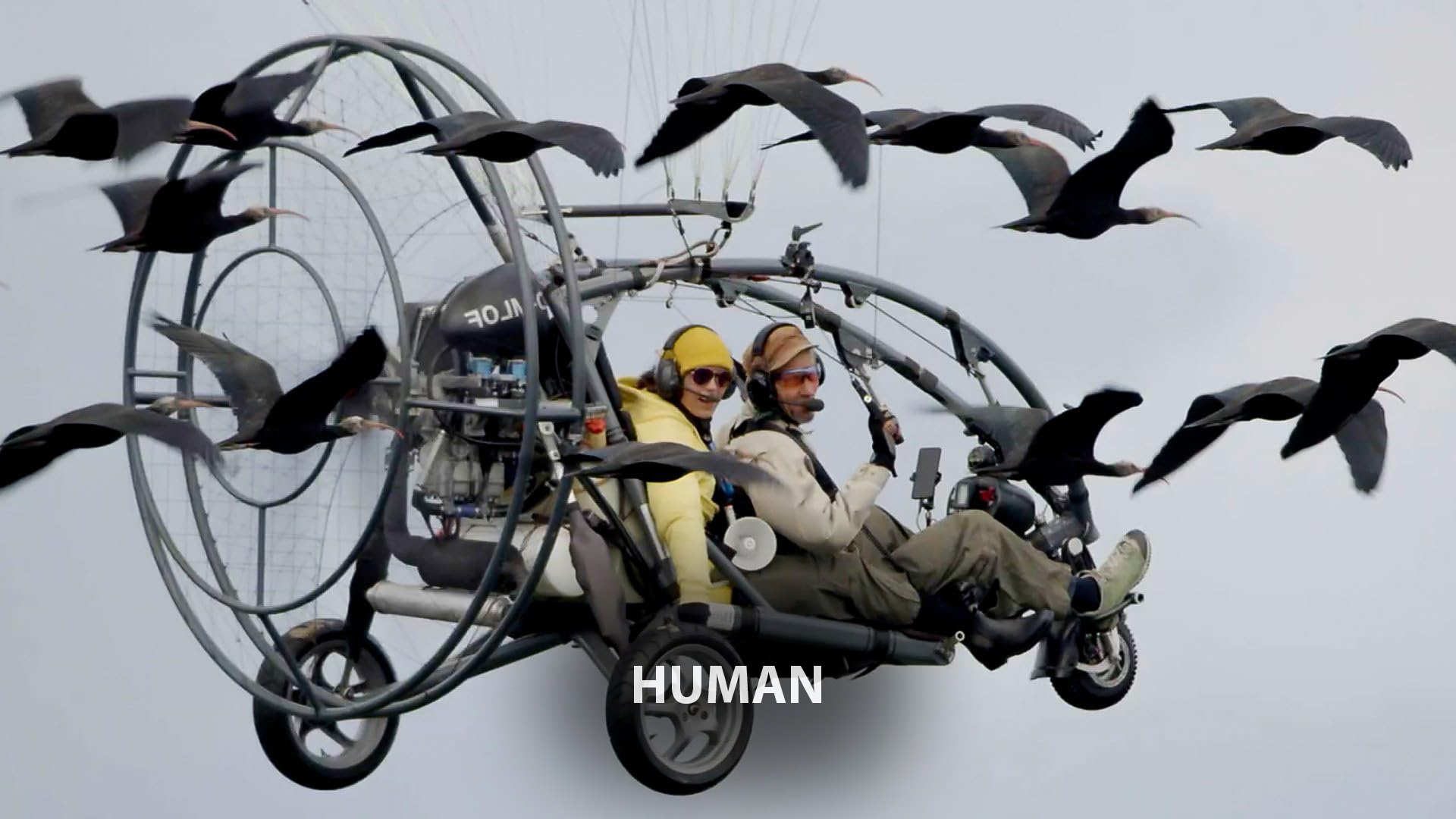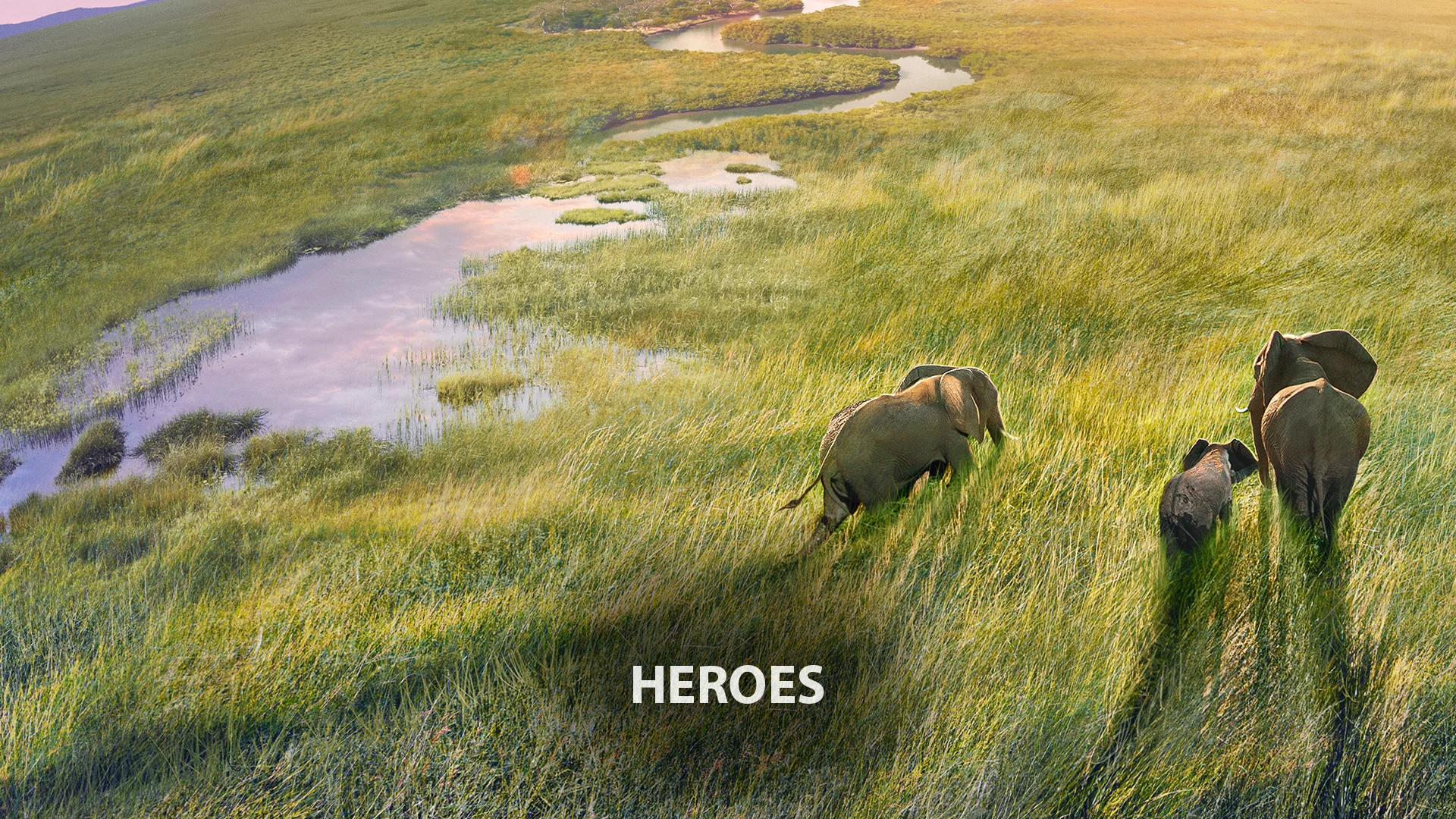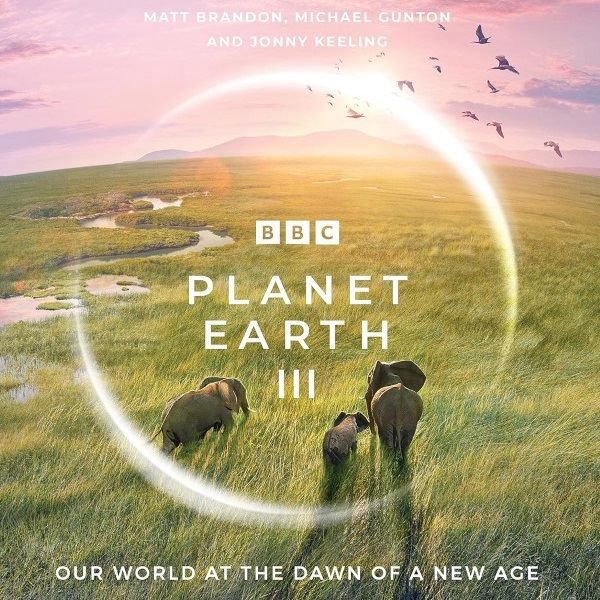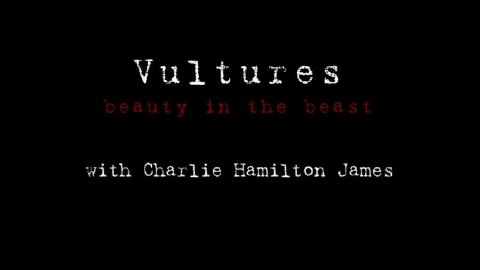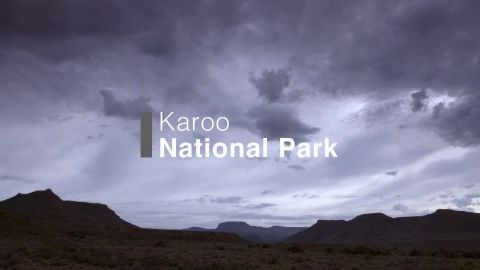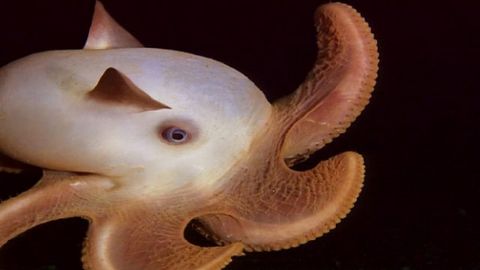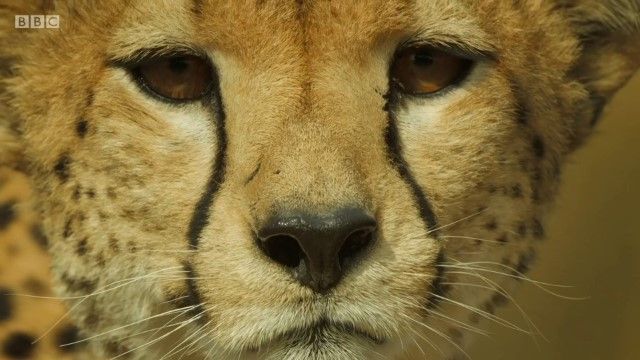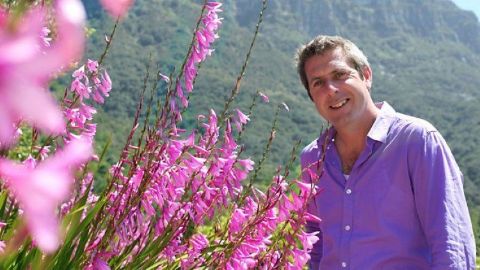Deserts and Grasslands • 2023 • episode "S1E3" • Planet Earth III
Life in some of the many deserts and grasslands around the world, including in the baked Namib desert, where a pair of ostriches raise their family in the searing heat to keep them safe from predators. One troop of desert baboons are on a continual quest to find water and a young mother who is low in the pecking order must battle for her right to drink. Closer to the equator, in the grassland paradise of the Cerrado in Brazil, lives the rare, fruit-eating maned wolf, a bizarre creature about whom little is known.
Make a donation
Buy a brother a hot coffee? Or a cold beer?
Hope you're finding these documentaries fascinating and eye-opening. It's just me, working hard behind the scenes to bring you this enriching content.
Running and maintaining a website like this takes time and resources. That's why I'm reaching out to you. If you appreciate what I do and would like to support my efforts, would you consider "buying me a coffee"?
Donation addresses
BTC: bc1q8ldskxh4x9qnddhcrgcun8rtvddeldm2a07r2v
ETH: 0x5CCAAA1afc5c5D814129d99277dDb5A979672116
With your donation through , you can show your appreciation and help me keep this project going. Every contribution, no matter how small, makes a significant impact. It goes directly towards covering server costs.
